How to Fix Water Drainage Problems in a Yard
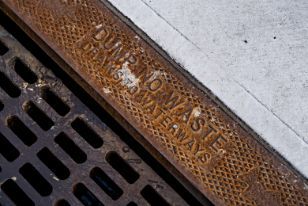
No matter the cause of the water pooling in your yard or any problems with downspouts, some easy solutions can help.
Regarding Your Landscape
No matter the size or layout of your yard, regrading can help alleviate water drainage problems. Regarding involves adjusting subsoil layers to allow proper drainage - thus avoiding pooled water accumulation, foundation damage prevention, and overall improvement to landscaping design.
Regarding projects vary in cost depending on their scope of work; costs are determined by factors like the perimeter of the affected area, the extent of work performed, materials used and associated labour rates. Regrading may include new landscaping.
Professional contractors are trained to identify the source of a drainage issue and devise a solution. When setting out on this journey, however, it's essential that you carefully consider your budget; the size of the yard, as well as the person-hours required, will impact this estimate.
The first step in grading your yard: locate its highest and lowest points to help a contractor determine its "rise", or vertical distance between high and low points. For yards with rocks or slopes, this may require special equipment for regrading.
Step two is to level off any low points by spreading two inches of reserved topsoil across the area and using a rake to move dirt from high points down into low ones.
An ideal grade prevents water from collecting in low areas; conversely, an inadequate grade will allow pooled waters to build into pools that become breeding grounds for mosquitoes.
Professional graders can identify natural drainage pathways and adjust the grade to ensure optimal drainage, leading to long-term advantages on any property.
Water management issues often necessitate new yard fixtures. French drains can be installed to help manage excess water; these drainage systems use grate-protected drains that channel it directly into a gravel-filled pit.
Installing a larger downspout or extending your current one When installing or extending a larger downspout or fixing water drainage issues in your yard, ensure the job is completed successfully, or you could find yourself dealing with mould, mildew and even dry rot in your home.
Completing this job properly will require digging a trench at least 6 inches wide and deep enough to accommodate the downspout.
Once you've dug a trench, the next step should be installing a drainage pipe. This task should be straightforward; install it in three phases. First, install a downspout adapter that connects with a reducer coupling. Next, lay all parts of your downspout adjacent to the trench.
Next, install a sanitary T-fitting to connect the drainage pipe to a rigid pipe if you don't want your new underground extension visible in your yard. This solution allows your extension to stand out less.
Splash blocks can help prevent water from draining towards your house during heavy downpours. These metal channels collect and direct the excess rainwater away and mainly come in handy during prolonged rainfall events.
Set up a catch basin. This will collect runoff from your downspout and can be accomplished by installing a rain barrel system, an eco-friendly option explicitly designed to provide drought relief in homes in dry regions. A rain barrel system collects and pumps its contents into a catch basin for storage.
Once your rain barrel system is in place, ensure the drainage system functions efficiently by running water through it to test its flow rate.
Creating a Pop-up Drain Pipe
To Fix Yard Water drainage issues is simple with these few easy steps. Additionally, this type of drain will prevent excess water from pooling in your yard and causing damage while at the same time spreading it across a larger surface area.
Before beginning, ensure your yard has the ideal slope; an ideal slope of 2-2% should suffice, though this may differ depending on your property. Also, install a rubber or plastic washer before mounting the nut; apply the pipe joint compound directly onto the rubber washer for best results and ensure its permanence.
Once your adjustments have been finalised, connect the pop-up stopper to the drain tailpiece. Please ensure the hole of the pop-up stopper points towards the rear of the drain and that its closure completely fits inside its drain opening (this can be adjusted by moving the spring clip). To test for leakage by pushing up on the tailpiece. Tighten any connections slightly for additional security if necessary.
Unclogging a drain with the help of a drain snake is another option available at most home improvement stores, or by using a sink plunger; make sure not to over-tighten any connections as this could lead to gunk solidifying in your drain, necessitating assistance from landscaping contractors for this task.
Before beginning
landscaping projects in your city, check its regulations to ensure you're not breaking any laws and directing water from your yard onto neighbouring properties.
Do not allow water drainage problems to ruin your yard any longer! Take control and reclaim your outdoor space. Our team of experts is here to assist in finding solutions to your drainage problems once and for all, such as pooling water, soggy soil or erosion issues - whatever they may be! - so contact us now at 02 4202 6381 so that our effective solutions can meet your specific needs!
You Might Also Like

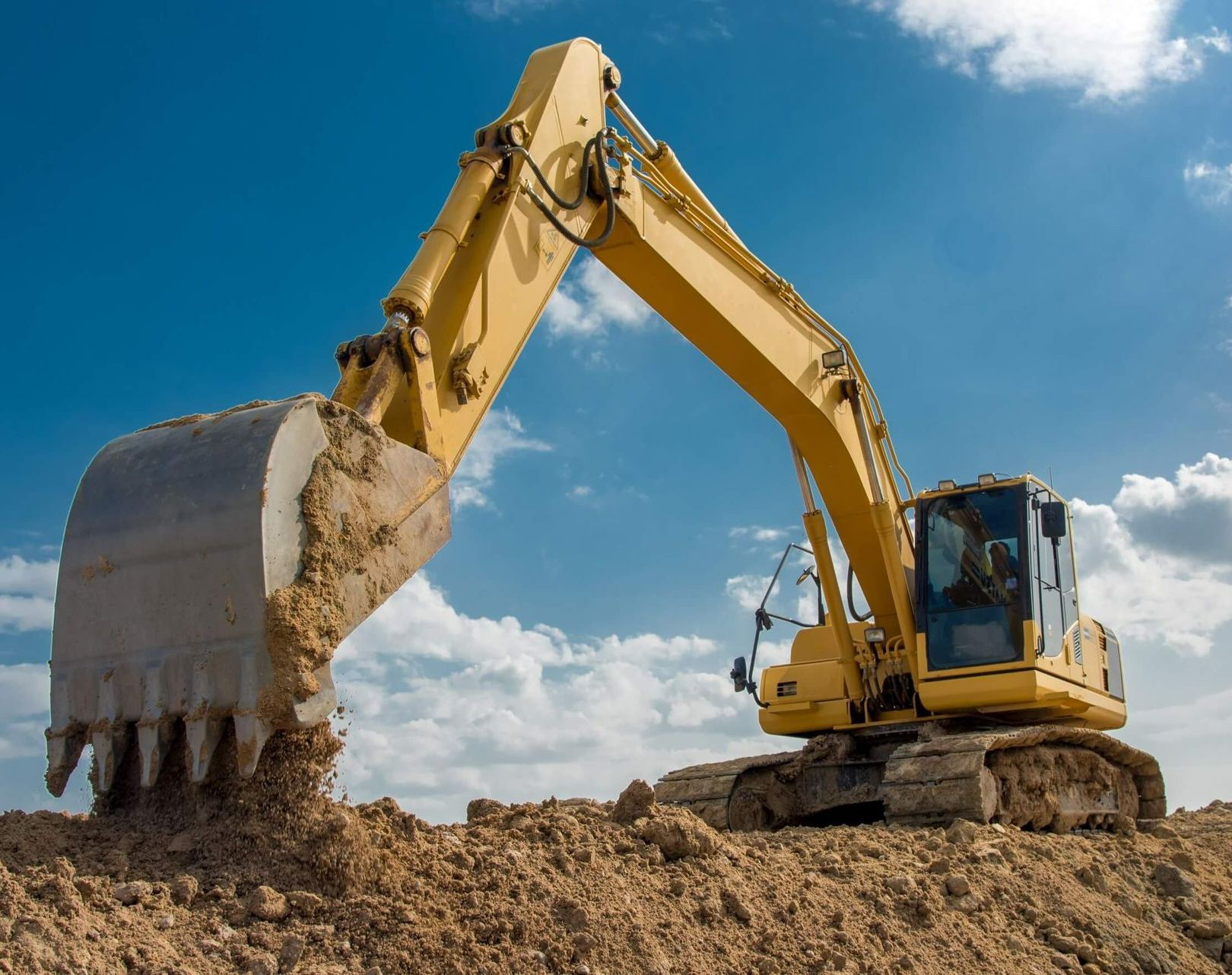


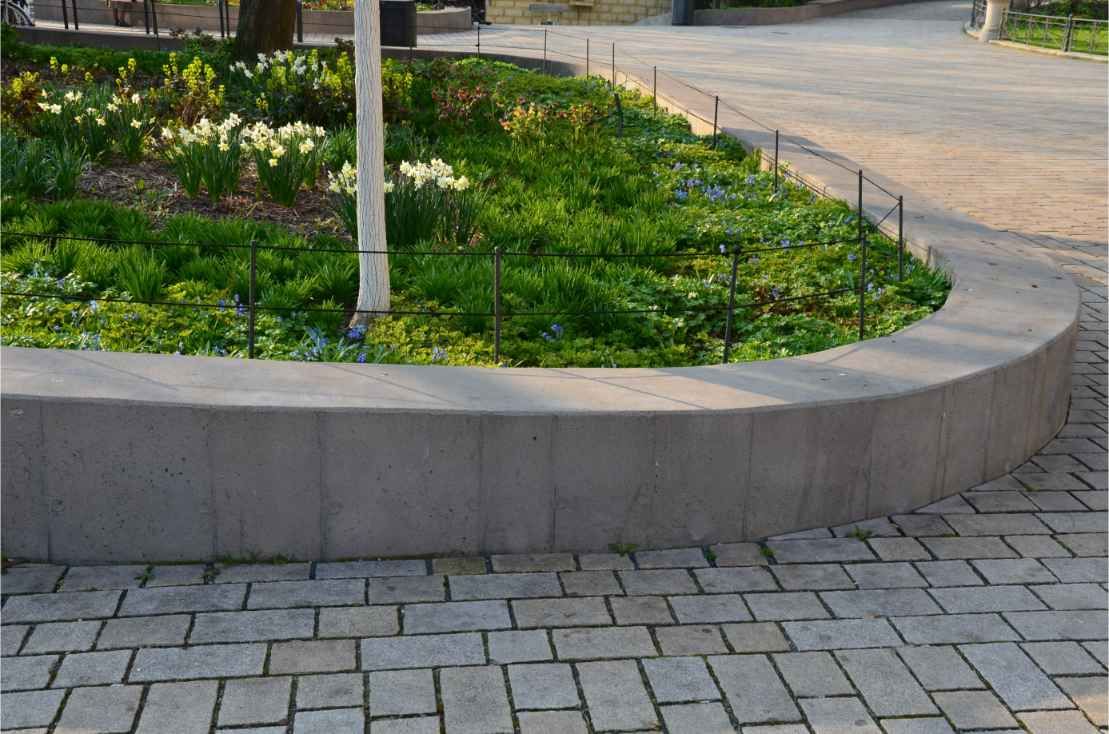


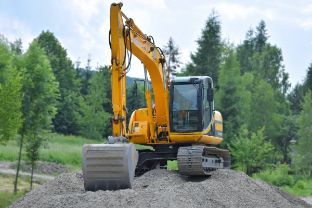
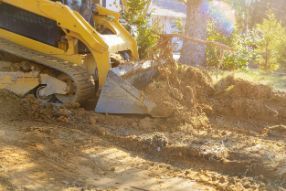
Free Instant Quote
**plus FREE bonus coupon**
Contact Form
We will get back to you as soon as possible.
Please try again later.
© 2022 AR Excavation Wollongong
This is a referral site.